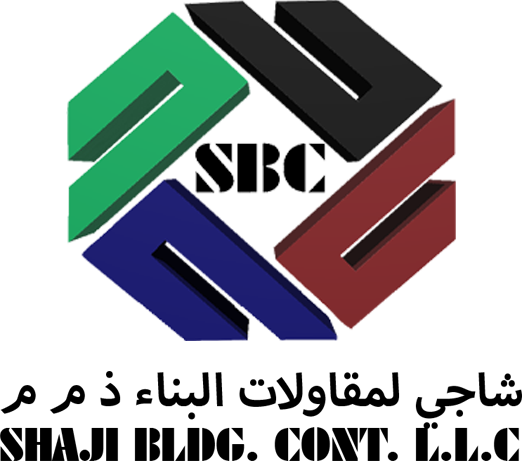08 Oct Three Lines of Asset and Risk Management for the Energy & Resources Industry
The Energy & Resources industry is asset-intensive, and the organizations who manage them are frequently confronted with compliance issues, safety and environmental threats in addition to ageing assets, maintenance issues and budgetary limitations. Each of these aspects can potentially have a large impact on the organization’s operational as well as its external and strategic success.
A well-rounded risk management strategy is crucial to protect against these threats and ensure that a business can continue to meet the demands of its clients. This article highlights the main areas of asset and risk management:
Counterparty risk management is a method which focuses on ensuring important relationships, like prime brokers as well as counterparties to derivatives, clearing banks, and custodians, are creditworthy. It is also a part of failsafe methods designed to guard against reputational and financial harm if these partners fail. This is accomplished by vetting vendors and ensuring that the approval process applies not only to the vendor but also to the specific service they provide.
Market risk is a potential https://expertalmanagement.de/2023/06/26/positive-effects-based-on-data-room-providers loss in the value of portfolios. Asset managers as well as risk management are worried about it, but from different perspectives. Portfolio managers manage their exposures to the market to reduce unintentional bets on the market and other factors that affect risk management, while asset management focuses on tackling crowded trades, leverage, liquidity, expected volatility, and cash flow.
A solid risk and asset management plan will enable an organization to avoid unexpected challenges and maximize the use of its assets. The three lines of defense governance framework is a successful method for identifying and reducing the risks that could impact the success of an organization.



Sorry, the comment form is closed at this time.